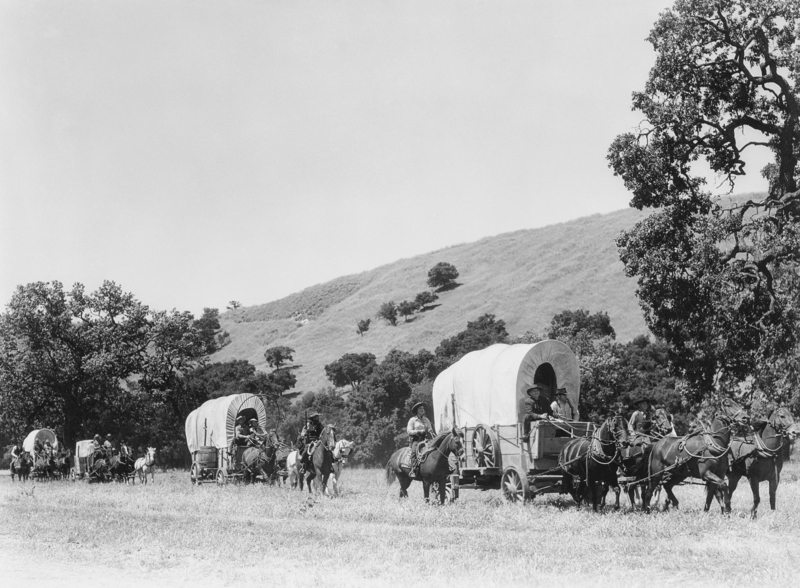The Expertise Required for Moving Your Beloved Piano Safely
Posted on 22/05/2025
The Expertise Required for Moving Your Beloved Piano Safely
When it comes to moving delicate, heavy, and cherished possessions, few items require as much specialized knowledge and skill as a piano. Whether you own a graceful grand piano, an upright classic, or a compact spinet, ensuring your piano's safe journey from one home to another is a priority that cannot be overstated. In this comprehensive guide, we'll delve into the expertise required for moving your beloved piano safely, exploring the unique challenges involved, the vital skills and equipment needed, and tips for selecting professional piano movers.

Why Piano Moving Demands Specialized Expertise
Many homeowners underestimate the complexities involved in piano relocation. Unlike ordinary furniture, pianos are intricate musical instruments with thousands of moving parts. Their substantial weight--which ranges from 300 lbs for a spinet to over 1,200 lbs for a concert grand--combined with their delicate construction, makes them one of the most difficult objects to move safely. Specialized piano moving expertise is, therefore, not just a luxury; it's a necessity.
The Intricate Anatomy of a Piano
- Internal Mechanism: A typical piano contains over 10,000 parts, including the action, hammers, strings, and pedals, each susceptible to damage with improper handling.
- Finish and Exterior: The polished wood and delicate finishes can easily be scratched, chipped, or warped by moisture and impact.
- Weight Distribution: Pianos have uneven weight, with most mass centered at the back due to the iron frame and soundboard.
This combination of fragility and weight means that even minor errors during a move can lead to costly repairs, ruined tuning, or irreversible damage.
The Professional Skills Involved in Piano Moving
Performing a safe and successful piano move is far more than a feat of strength--it's an exercise in precision, planning, and expertise. Here are the key skillsets required:
1. Comprehensive Planning and Route Assessment
- Measuring Doorways and Hallways: Professional piano movers meticulously measure not only your piano but each access point, ensuring the instrument can pass through safely without getting stuck or scraped.
- Identifying Obstacles: Stairs, tight corners, uneven floors, and lifts all present unique challenges. Precise plans are formulated to navigate these obstacles seamlessly.
- Protecting Surroundings: Walls, flooring, and banisters are shielded to prevent accidental damage during the move.
2. Specialized Equipment Usage
- Piano Dollies and Skids: These are not ordinary moving carts. Piano-specific dollies and skids are designed to hold significant weight and distribute it evenly, ensuring the piano remains level and stable.
- Moving Straps and Padding: Heavy-duty straps and ample padding are employed to both secure and cushion your piano during lifting and transport.
- Ramp and Crane Operations: For moving pianos in or out of multi-story buildings, ramps or even cranes operated by skilled professionals may be necessary.
3. Safe Lifting and Handling Techniques
- Team Coordination: Moving a piano often requires a team of experienced movers, each trained in leveraging proper lifting techniques to prevent injury and instrument damage.
- Balance and Control: Knowledge of how to tilt, lift, and maneuver a piano safely without disrupting the internal mechanics is crucial.
4. Disassembly and Reassembly Expertise
- Removing Piano Legs & Parts: Grand pianos, in particular, often require partial disassembly before moving. Experts meticulously remove and label legs, pedals, and music stands for reassembly at the destination.
- Tuning Considerations: Professional piano movers understand how to minimize the impact on your piano's tuning and structure, and can recommend post-move tuning by a technician.
The Dangers of DIY Piano Moving
Attempting to move a piano without the required skills or tools is risky--not only to the instrument itself but also to your health and home. Here are frequent mishaps associated with amateur piano moving:
- Back and Muscle Injuries: The extreme weight and awkward size of pianos make them a major hazard for DIY movers.
- Scratches and Dents: Improper handling often leads to cosmetic and structural damage.
- Broken Wheels and Legs: Attempting to roll an unsupported piano can break wheels or legs, compromising the instrument's stability forever.
- Lost Investment: Pianos often represent significant financial and sentimental value. A single accident can render a precious instrument unplayable.
It's strongly advised to entrust the task to expert piano movers, rather than risk devastating damages through untrained attempts.
Qualities of Professional Piano Movers
The difference between a standard moving company and a true piano moving specialist lies in their dedication, knowledge, and equipment tailored specifically for piano transportation. Here's what sets expert piano movers apart:
- Training: Professional movers undergo targeted training in handling all types of pianos--upright, grand, baby grand, and console.
- Insurance and Liability: Reputable piano movers are fully insured, offering peace of mind that your valuable instrument is protected against unforeseen accidents.
- Customer Testimonials: Established piano moving companies often have numerous satisfied customers attesting to their skills and diligence.
- Specialized Vehicles: The use of climate-controlled, air-ride suspension trucks prevents jarring movements and exposure to harsh environmental conditions during transit.
Questions to Ask Your Piano Mover
- How long have you specialized in piano moving?
- What insurance coverage do you provide for pianos?
- Can you accommodate stairs or restrictive spaces?
- What equipment do you use for different piano types?
- Are your staff trained specifically for pianos?
- Will you assist with reassembly and placement at the new location?
Pre-Move Preparation: What You Should Do
While the heavy lifting is best left to seasoned professionals, there are steps you can take to prepare your piano and your home for a smooth move:
- Clean the Piano: Remove dust and debris with a soft, dry cloth. Avoid wet cleaners, which can harm the finish.
- Remove Loose Items: Take out sheet music, metronomes, and any objects stored beneath the lid or on the bench.
- Secure the Lid and Keys: Close and lock the keyboard lid and ensure all moving parts are secure to prevent shifting.
- Measure Hallways and Doors: Double-check that the movers have clear and unobstructed access throughout your home.
- Inform Your Movers: Communicate any unique challenges such as stairs, narrow pathways, or elevators.
- Protect Your Home: Lay out protective coverings along floors and walls to safeguard against accidental impacts.
Post-Move Care: Ensuring Piano Longevity
The expertise required for moving your beloved piano safely doesn't end when the instrument arrives at your new location. Proper post-move care is essential:
- Allow Acclimatization: Pianos are sensitive to humidity and temperature changes. Let the piano rest for at least 24 hours before tuning or playing.
- Professional Tuning: Hire a qualified piano tuner to readjust the instrument after any move, as travel can disrupt string tension.
- Check Level Placement: The piano should sit on a level surface away from direct sunlight, windows, or heating vents.

Choosing the Right Piano Moving Experts
With countless moving companies out there, it's essential to pick a piano mover with specialized expertise. Here's how you can identify the right professionals for your treasured instrument:
What to Look For
- Experience: Look for companies with at least several years of proven experience in moving pianos specifically.
- Certifications: Membership in moving associations or certifications in piano moving is a strong indicator of skill and reliability.
- Reviews and References: Ask for testimonials from previous clients who had similar types of pianos moved.
- Transparent Quotes: A reputable piano mover will provide a clear, upfront estimate based on the piano's size, weight, complexity, and move details.
Remember: When it comes to relocating your cherished piano, the cheapest option isn't always the best. Prioritize expertise, safety, and service over cost.
Conclusion: Protect Your Investment with Professional Piano Moving Expertise
Your piano is more than a piece of furniture; it's a source of joy, inspiration, and enduring value. The expertise required for moving your beloved piano safely involves careful planning, specialized equipment, skilled handling, and intricate knowledge of how pianos are constructed and transported. By entrusting this task to experienced professionals, you preserve the tune, tone, and beauty of your piano for generations to come. At every stage of the journey, from pre-move planning to post-move setup, let trained experts protect your priceless instrument--so you can get back to making beautiful music in your new home.
Further Reading
If you're planning a piano move, take the time to choose a company with a proven track record. The right expertise will ensure not only the safety of your instrument, but also your peace of mind.



